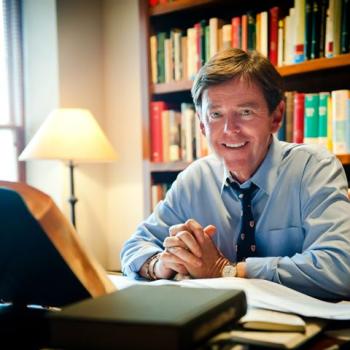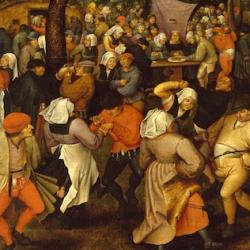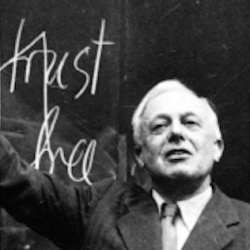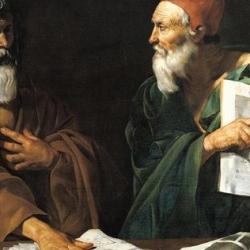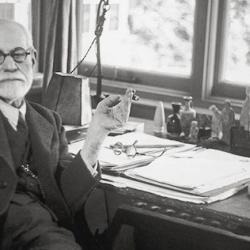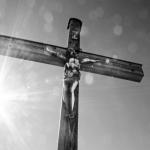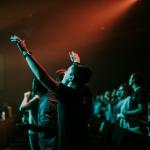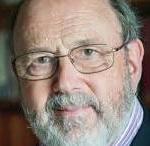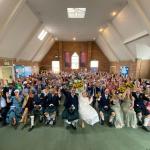Life, Eugen Rosenstock-Huessy says, is suffering, battle, pain, shock, failure, elation. Human beings are always torn, always riven. Much of human life, individually and collectively, is an effort to deal with suffering and death. By being the first Man, Jesus establishes the possibility of a different stance toward suffering and death. Life after the cross, and life in the cross, is a life in which death never has the final word, but where death is a path toward new, more expansive life.
Writing in 1946, Rosenstock-Huessy confesses, “twenty years ago I felt that I was undergoing a real crucifixion. I was deprived of all my powers, virtually paralyzed, yet I came back to life again, a changed man. What saved me was that I could look back to the supreme event of Jesus’ life and recognize my small eclipse in his great suffering. That enabled me to wait in complete faith for resurrection to follow crucifixion in my own experience. Ever since then it has seemed foolish to doubt the historical reality of the original Crucifixion and Resurrection” (Christian Future, 102). This is not “survival.” It is renewal through death, death transformed into a “positive feature” of life, the key to abundant life.
Rosenstock-Huessy uses the “Cross of Reality” to explain how suffering forms the center of human experience, and the unsystematic and unsystematizable complexity of life. While philosophers and scientists, metaphysicians and physicists, might describe the world as a system, actual reality and actual lived human life is a “perpetual suffering and wrestling with conflicting forces, paradoxes, contradictions within and without.”
Life stretches us in opposite directions, tears and rends us, yet through this tearing makes us new (166). Specifically, human beings are stretched out on two axes. The horizontal axis is a temporal one, stretching between past and the future. The vertical axis is spatial, as we are stretched out between “inner” and “outer.”
Time is not, as mathematics depicts it, a straight line, since a line does not distinguish qualitatively between past and future and cannot capture the multiform shape of human time. Time is an undifferentiated line for animals, which know “no future but only perfect and imperfect tenses, only processes that have ended or processes still going on at any given moment” (166). For humans, a timeline turns time into space, confusing what should be kept distinct, since our experience of time differs radically from our experience of space.
Space is experienced “as a whole.” We see a whole mountain range, a whole starry sky, a million man march on the Mall all at an instant. Time, by contrast, comes to us as moments, fragments, as “a phantom moment or as innumerable phantom moments.” Time becomes organized and packaged into hours, days, years, epochs only “because we say so.” Times exist because “they are history-made units built by our faith, out of innumerable moments” (167). Time experienced this way is never uniformly one time: “Nobody lives in one time” (167). The past and future always inhabit the present, and so human beings are always being pulled backward by the obligations imposed by the past and striving forward by the hopes seducing us from the future.
The spatial axis of the Cross of Reality is the axis that stretches us between “inner” and “outer.” Like time, space is socially formed and segmented. Individually, we all have an “inside” bounded by our skin, and a world outside us. (Rosenstock-Huessy would have us note, though, that the boundary of skin is permeable; we have pores and various orifices through which the world enters us and things from inside are poured out into the world.) Corporately too, each community constitutes itself by setting a boundary between “insiders” and “outsiders.” Anticipating the work of Mary Douglas, Rostnstock points out that the social body too has its skin, and must protect itself against infection from outside (168).
We hang at the center of this cross, nailed and pulled in all four directions at once.
Continue at Theopolis Institute blog.





